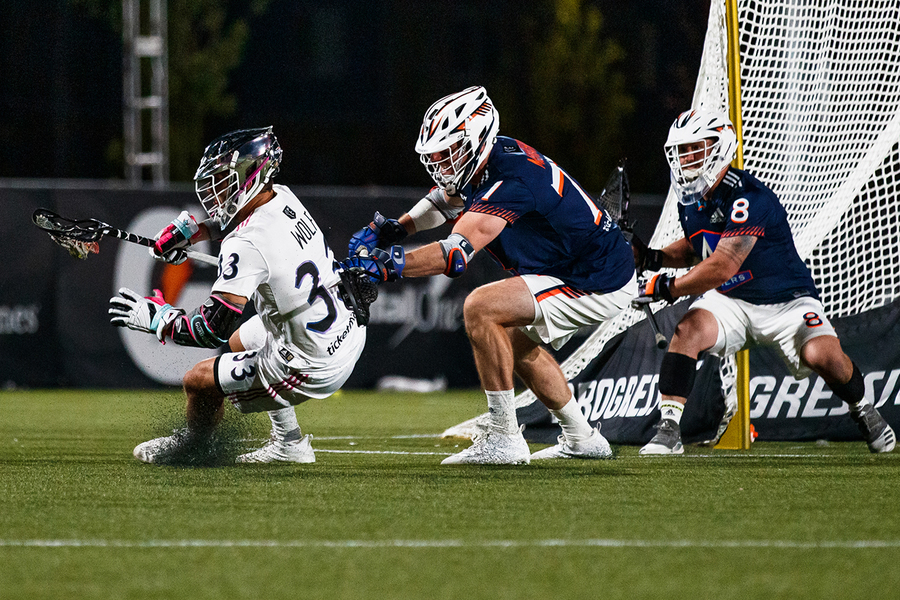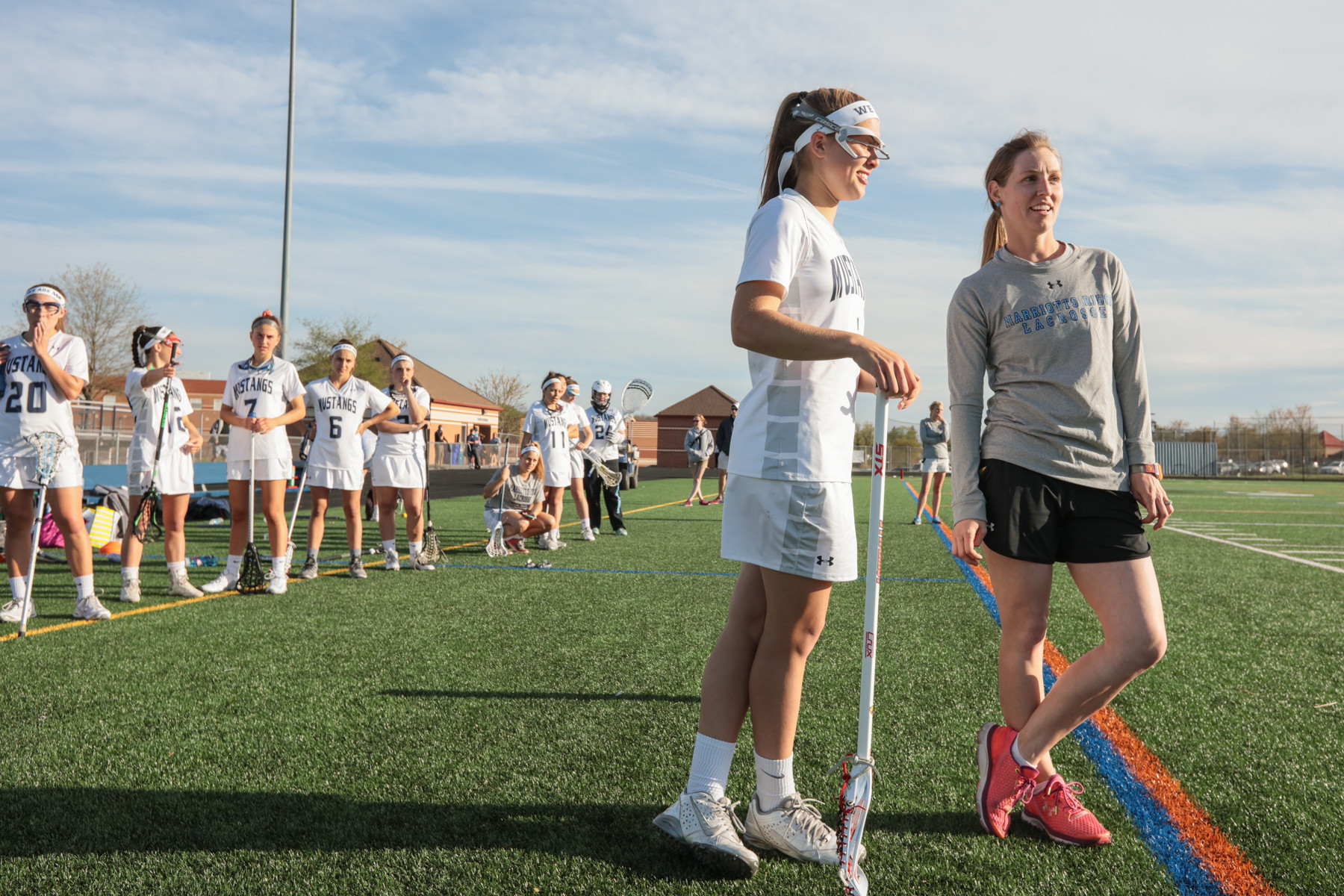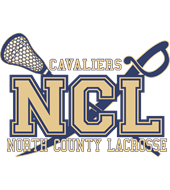Athlete Development
Athlete Development
The Foundation: Player-Centric
A “Player-Centric” approach is the concept and process, where you will place your player’s success and development at the front of your mind when making decisions for the team and the development of success. As a coach we must make it a priority to make players the priority. Utilizing a Player-centric approach establishes the concept of thinking on the field to fuel long term success. That thinking on your feet during game play is what we define as Lax IQ. Player-centric can be utilized in various areas of coaching and game play, but as a coach you must make it a priority to make your players the priority and balance against the need for team success. Fundamentally this may mean placing the correct metrics on the smaller battles rather then simply focussing on winning games.
Coaching Philosophy
The Foundation: Player-Centric
The game is the starting point; it drives positive changes in behaviour, reflection, and decision-making for the player, the team, the coach, and the club. We train our players how to be “gritty” and work to reach their goals. We are unapologetic about demanding the best from them, and, in turn, having them demand the best from themselves, their teammates, and our coaches. It’s all about coaching for the game and for life.
We learn by doing; evaluating, analysing, and reflecting on our experiences helps develop competency, poise, and confidence. We can apply those to everything we do both on and off the field through the application of the lessons we learned during the process.
1) Winning is Important
2) Player Development is more Important
“Activity – to produce results – must be organized and executed meticulously. Otherwise, it’s no different from children running around the playground at recess.” – John Wooden
“Confidence doesn’t come out of nowhere. It’s a result of something,… hours and days and weeks and years of constant work and dedication.” -Roger Staubach
K-3rd Grade – “The Stick and Me”
• Learning basic movement and athletic skills.
• Need multiple ways to activate the imagination in order to have strong engagement/focus (games/stories).
• Learning self-regulation and how to share.
• Just beginning to develop hand-eye coordination.
• Catching is the most challenging lacrosse skill.
Fundamentals: Allows children to develop their movement ABCs — agility, balance, coordination, and speed — and learn the basics of the game while emphasizing fun, cooperation, and maximum touches with the ball. Kids sample lots of different physical activities and sports. Do not allow athletes to develop a habit of checking the score during games and inappropriately focus on the outcome rather than their contribution. Give them smaller manageable goals like number of groundballs or assists to ground their feet in the pursuit rather then outcome.
3rd-5th Grade – “The Stick and We”
• Have a foundation of athletic skills and begin to apply them to more specific lacrosse skills (i.e. dodge, pass, etc).
• Developing self-awareness and learning independence.
• Catching is still the most challenging lacrosse skill, but are becoming proficient in most basic lacrosse skills as coordination develops.
This is the “golden age” of learning and sport skill development. Children become less self-centered and are able to reflect on their actions and learn from their mistakes. This is the optimal time to learn and build a large repertoire of lacrosse-specific skills and learn the basic principles of play in a fun, challenging environment. Players sample many physical activities and sports in addition to lacrosse.
6th-8th Grade – “Train to Train”
• Ready/able to perform skills under pressure.
• Rewarding improvement and effort are important.
• Begin re-learning body/how to move because of puberty.
• Can imagine/understand game situations/applications of skills.
Emerging Competition: This is the stage in which we make or break the athlete; when children choose to continue participation in the sport. This is the time for developing strong technical skills and is the dawning of tactical awareness. Players are also introduced to concepts like mental preparation, goal setting, and coping with winning and losing. Players learn advanced technical skills and position-specific techniques. The major focus is on applying skills, strategies and tactics from practice to competitive situations. Athletes participate in several sports throughout the year or in a variety of physical activities.
9th-12th Grade – “Train to Compete”
• Improve technical and tactical skills for increased Lax IQ.
• Better able to anticipate game situations.
• Capable of refining skills (technical and tactical).
• May need extra motivation.
Players are now fine tuning their lacrosse skills under a variety of competitive conditions in a game format that mirrors adult play. Along with continued refinement of advanced techniques, players work to develop their tactical awareness, discipline and mental toughness. They are honing their performance in competition during this stage. Athletes may start to focus on one or two key sports or continue with a variety of physical activities
18 Years and Up
Developmental considerations: The human brain does not fully mature until around age 25. Even most college athletes are still honing their decision making skills.
*Adults learn differently than children or teens.
*Adults want to self-direct their learning.
*Adults want their learning to have an immediate application.

Player Centric
Athlete Development
Lacrosse basics. For those not familiar with lacrosse, the game can best be described as a cross between hockey, soccer and football. The object of the game is to get the lacrosse ball in the opposing team’s net. The ball cannot be thrown using hands. The most effective way for advancing and shooting a lacrosse ball is catching it and then moving or throwing it with a lacrosse stick. A lacrosse game is divided into four quarters, ranging from eight to 15 minutes depending on age level. The modern lacrosse field at the college level is 110 yards long and 60 yards wide. A lacrosse goal is 6 feet high and 6 feet wide and is positioned 15 feet from the endline allowing 360 play around the goal.
Practice Planning
Your content goes here. Edit or remove this text inline or in the module Content settings. You can also style every aspect of this content in the module Design settings and even apply custom CSS to this text in the module Advanced settings.
Skill Development
Your content goes here. Edit or remove this text inline or in the module Content settings. You can also style every aspect of this content in the module Design settings and even apply custom CSS to this text in the module Advanced settings.

About Our Programs
Boys Programs
Planting and supporting teams in every school, K through HS, across Lynden, Nooksack, Mt Baker and Blaine.
Girls Programs
Growing diverse programs and giving young girls the opportunity to join and enjoy the sport of Lacrosse with friends.
Select Programs
A competitive program that draws the best select players from each of our foundational scholastic boys and girls programs.
Recreational
No helmet, No pads, No problem. Lowest barriers for new and developmental players to enjoy small side Lacrosse.
Lacrosse
Journey


Thank you for your interest in coaching and making a commitment to impacting young athletes. From practice planning to running drills, to games, it’s a significant investment of time and energy that we value. The lessons your players learn — about the fundamentals of the sport and, more importantly, about sportsmanship and life — are important and lasting.
